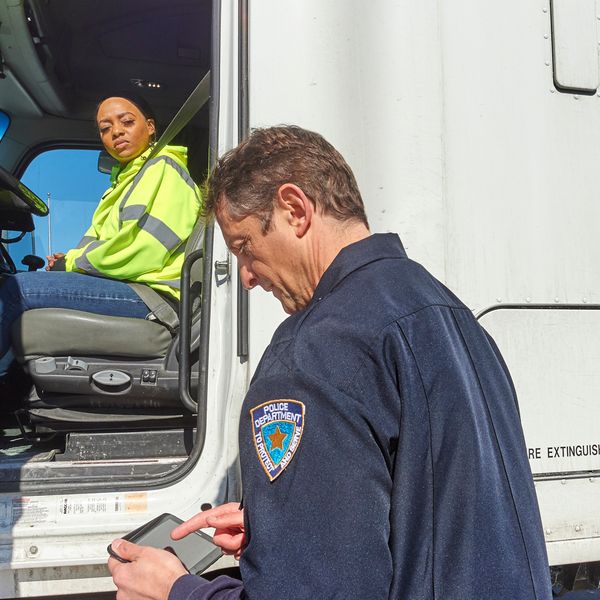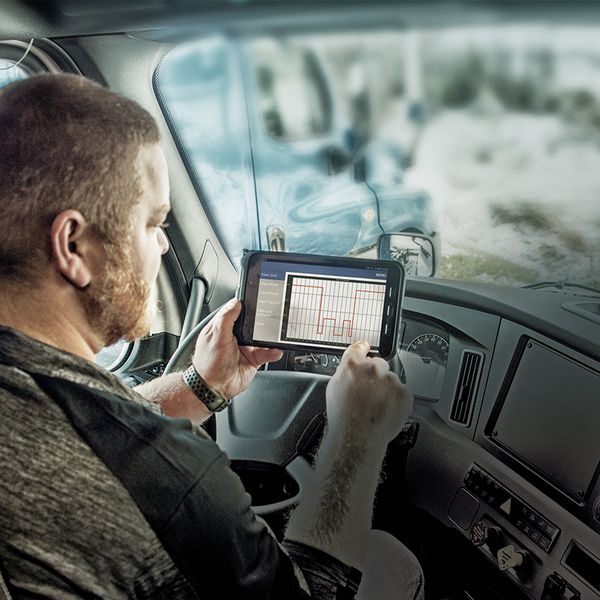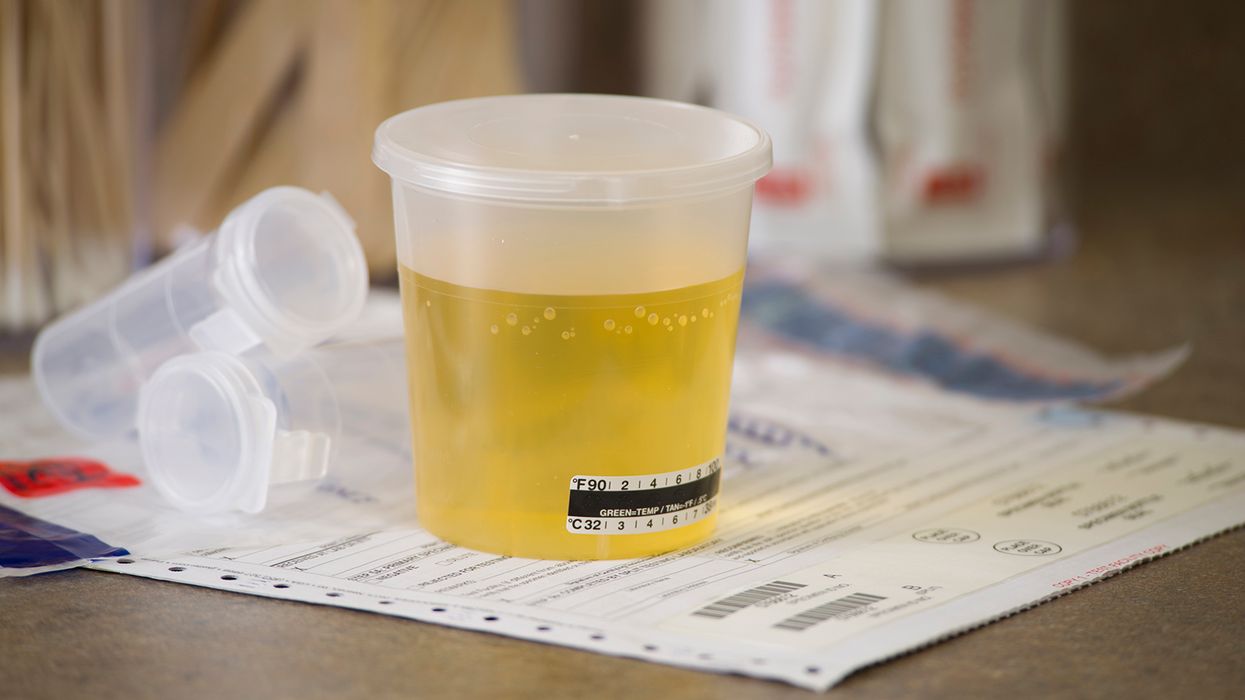Avoiding missing information violations is all about habits
One of the common violations when a driver is using an electronic logging device (ELD) is missing data. Much like the form and manner violations on paper logs, the key to avoiding these violations is to convince your drivers to develop the habit of entering the information at key points during their day.
Missing power unit number
Similar to completing a paper log, the driver should be in the habit of entering the power unit number at the beginning of the day. This is not an issue in many systems, as the power unit number is many times include in the internal data in the ELD and auto-populates.
Missing trailer number
Any time a driver picks up a trailer or switches trailers, the habit should be to pick up the ELD and update it with the new trailer number. In some systems, this may require reopening the trailer number area in the ELD and adding the new trailer number after the old one. Whatever the process is in your system, make sure the driver knows it and knows to enter the new trailer as soon as it is connected.
Shipment number
Whether you use shipper’s numbers, bill of lading numbers, internal dispatch numbers, pro numbers, invoice, or movement order numbers, the driver must enter the new one as soon as the shipment is picked up. Therefore, the habit the driver should develop is to enter the new shipment number in the ELD as soon as a shipment is picked up.
Beware of the double whammy
One situation to be aware of is if a driver picks up a loaded trailer and neglects to enter the new trailer number and shipment number, this will result in two violations during a roadside inspection (395.24(c)(2)(ii) and 395.24(c)(2)(iii)). Therefore, having the habit of picking up the device and making the required entry whenever a new trailer or shipment is picked up can prevent two violations at once in this situation.
Location when requested
Another entry the driver is responsible for is the location of the vehicle if the ELD cannot find its position. In this case, the entry is to be made as soon as the device requests it. The necessary habit here is to always make these entries immediately when required.
Annotations
Annotations, or what some people call comments, are required in specific situations. These include when the driver:
- Is using an exemption that allows the driver to exceed a limit,
- Needs to clarify that automatically captured driving time should be on another duty line, and
- Is beginning to use one of the special driving categories.
In all of these cases, the habit must be to place the comment into the ELD at the time these events occur.
Certifying at the end of the day
Drivers are required to certify their ELD log at the end of the day (at the time of the last duty change for the day). The key here is when the driver makes the last duty change for the day, the driver should have the habit of certifying the record for the day.
Key to remember: Missing data violations can be avoided by working with your drivers to develop the habit of making the entry as soon as a triggering event takes place.



















































